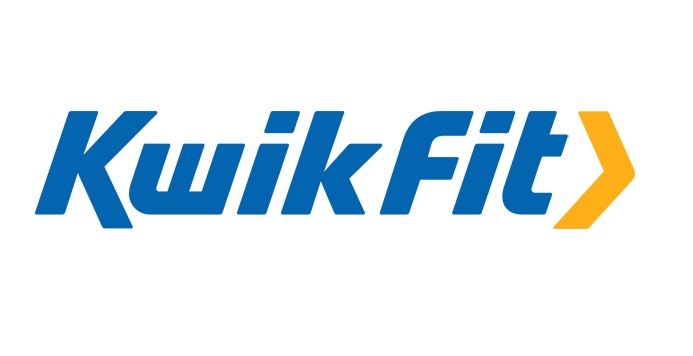Concerns about range, cost and charging infrastructure
are the biggest barriers
New research shows the proportion of drivers planning to choose a low emission vehicle (either hybrid or fully electric) as their next car has remained static over the last year. In fact, it is now lower than the peak figure seen in Kwik Fit’s annual tracker, despite Labour promising in their manifesto to restore the phase-out date for new petrol or diesel (ICE) cars to 2030.
Since 2020, Kwik Fit, the UK’s leading automotive service and repair company, has been tracking the number of drivers intending to buy an electric vehicle (EV) or hybrid. In 2020 33% of drivers said their next car would be an EV or hybrid, and Kwik Fit found that by 2023 this had risen to 42%.
However, after the previous government announced in September 2023 that the ban on sales of new ICE cars would be pushed back to 2035, Kwik Fit carried out further research and found that the figure had dropped back to 38%. A reversal of this policy does not yet appear to have had an impact. Although the Labour party manifesto stated that if elected they would be “restoring the phase-out date of 2030 for new cars with internal combustion engines”, the proportion of drivers opting for a low emission vehicle as their next vehicle has remained at 38%.
 |
In more positive news for EVs, the number of drivers saying they are going to buy a fully electric car (as opposed to a hybrid) as their next vehicle has risen from 12% last year to 15% in the latest data.
And for those expecting to change their car in the near future, EVs appear even more attractive. One in four drivers (24%) say they intend to change their car within the next year. Of these, the majority (52%) say they will be opting for a low emissions vehicle, with a quarter (24%) saying they will choose a fully electric model. 16% say they will go for a hybrid, with 12% a plug in hybrid.
As well as looking at those intending to switch to EVs, Kwik Fit also tracks the factors that are putting drivers off buying a fully electric vehicle. The biggest barrier remains the perception that an EV has restrictions on range or the inability to travel long distances on a single charge. This is cited by 39% of those who say they are not considering an EV. The next most common concerns are the increased cost of an EV over an equivalent sized ICE vehicle (38%), the lack of fast charging points in the areas they drive and the inability to be able to charge at home (both 36%).
Ahead of the Labour government’s first budget, Kwik Fit’s researchers asked drivers what the impact would be of bringing the ban on new sales of ICE vehicles forward to 2030. Three quarters (75%) felt that the move would put a strain on the charging infrastructure, saying it isn’t ready to cope with a large increase in electric car numbers. 71% said that the government should put financial incentives in place to support people in switching to electric vehicles. Almost half (49%) of all drivers agreed that the decision is important for the UK to meet its carbon emission targets.
Roger Griggs, communications director at Kwik Fit, said: “While the overall number of drivers saying their next car will be low emission has remained static, the research shows that those changing their car in the next year are more likely to be planning to opt for an EV. Possibly this is because as drivers’ plans become more concrete and they do more research about the alternatives, they see that an EV is a genuine option for them and are more reassured about some of the factors which were putting them off.
“It is also more likely that as drivers see more EVs being owned by their immediate circle of family and friends they will receive real time information on the realities of ownership. Real world examples from trusted contacts will be highly valuable for people making a decision on their next car. Whatever an individual driver chooses, the UK car parc is going to include ICE, hybrid and EVs for many decades. So irrespective of the powertrain a car has, it’s vital to ensure that it’s running as efficiently as possible.”
Kwik Fit provides servicing for all types of vehicle and has one of the largest networks of EV trained auto technicians in the UK. In order to find the range of services offered at their nearest Kwik Fit centre drivers can contact the centre directly. Details of their nearest centres are available at kwik-fit.com
